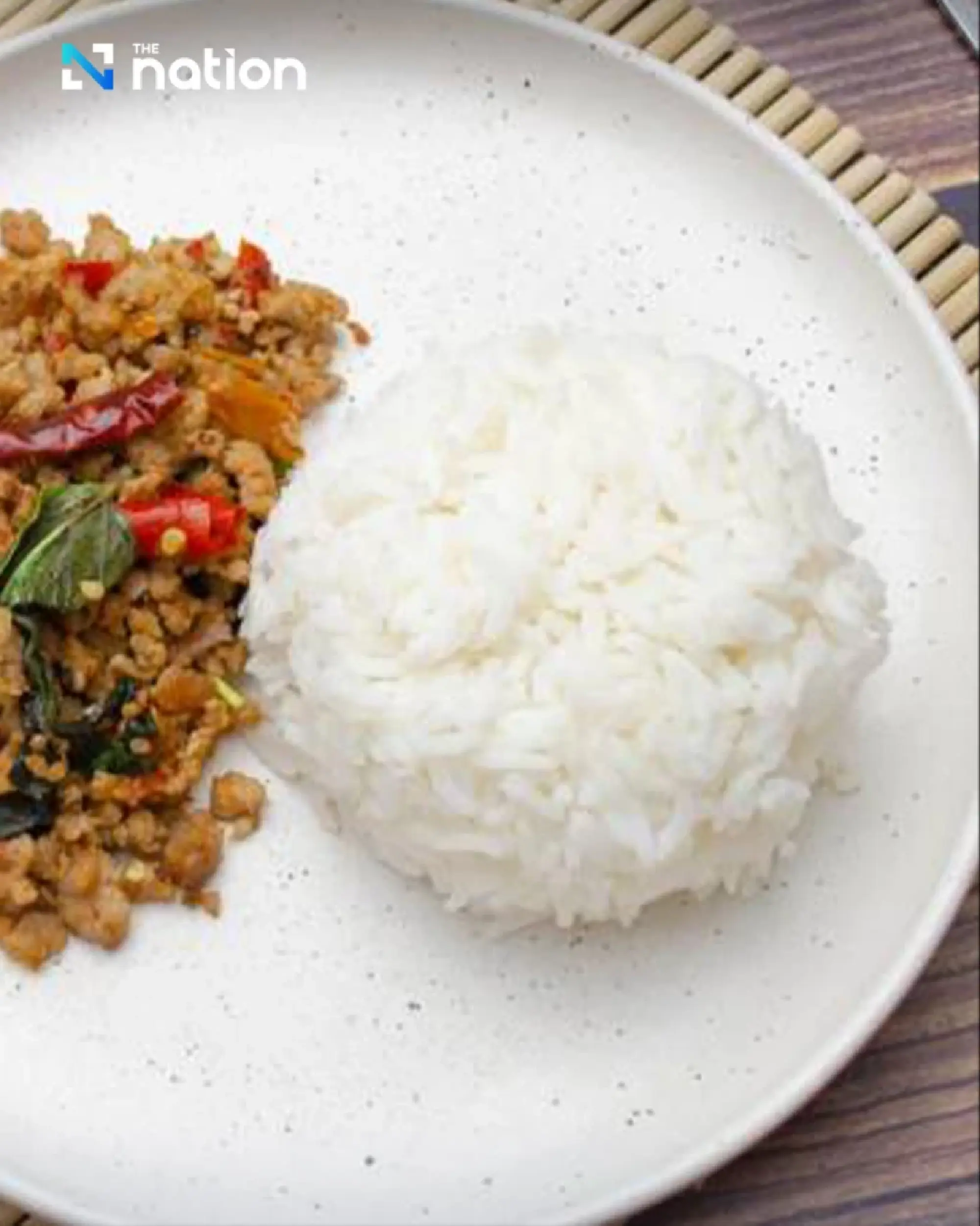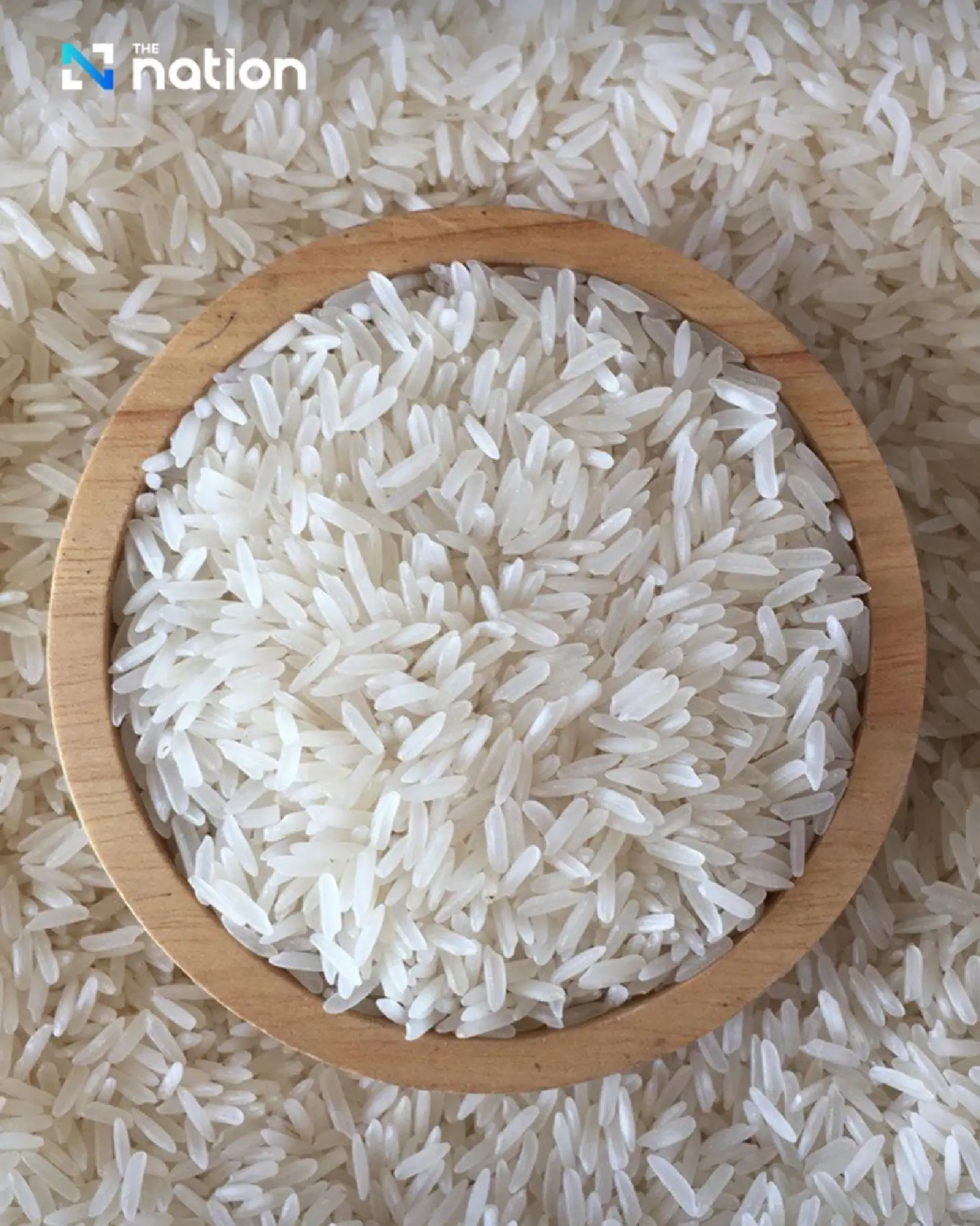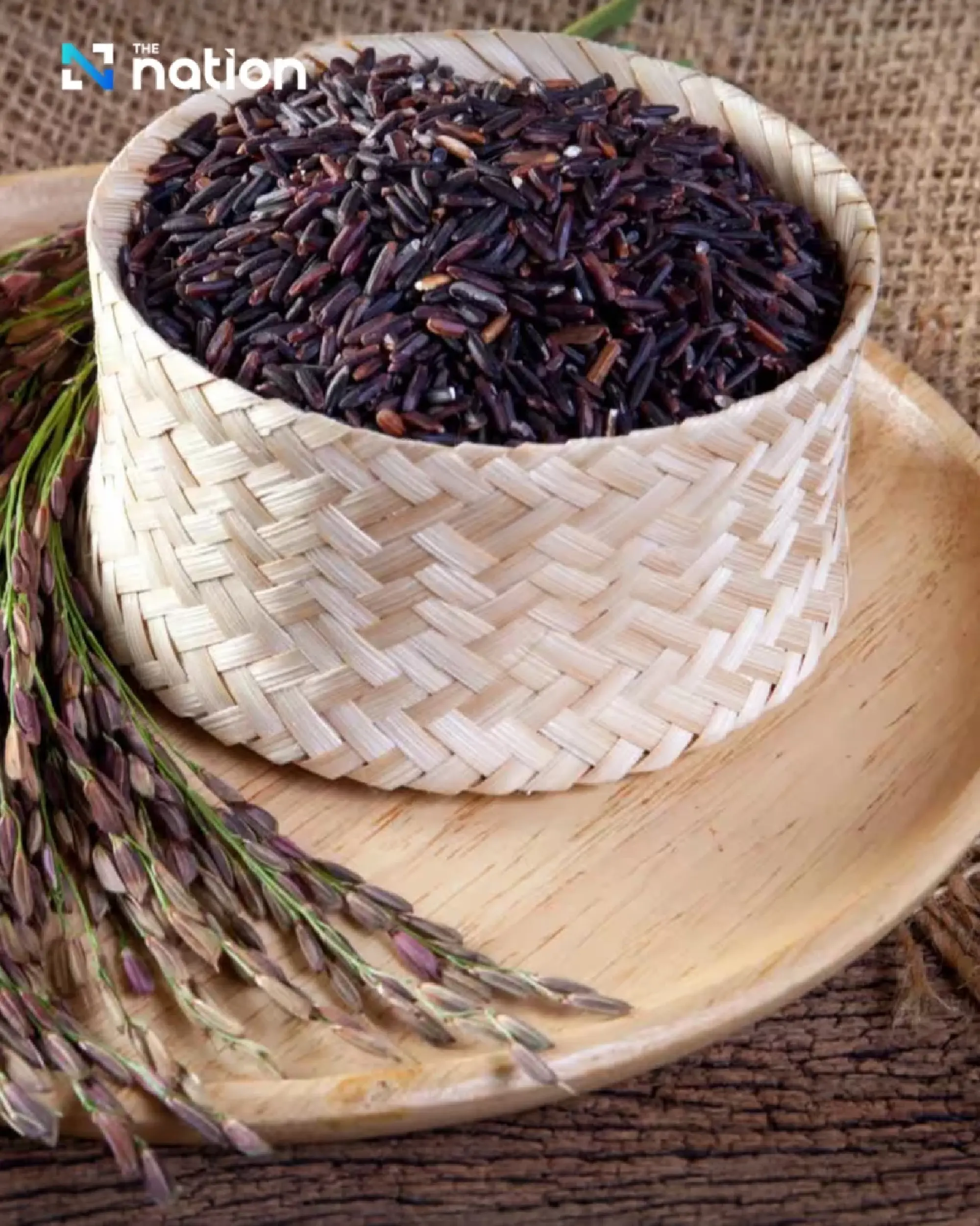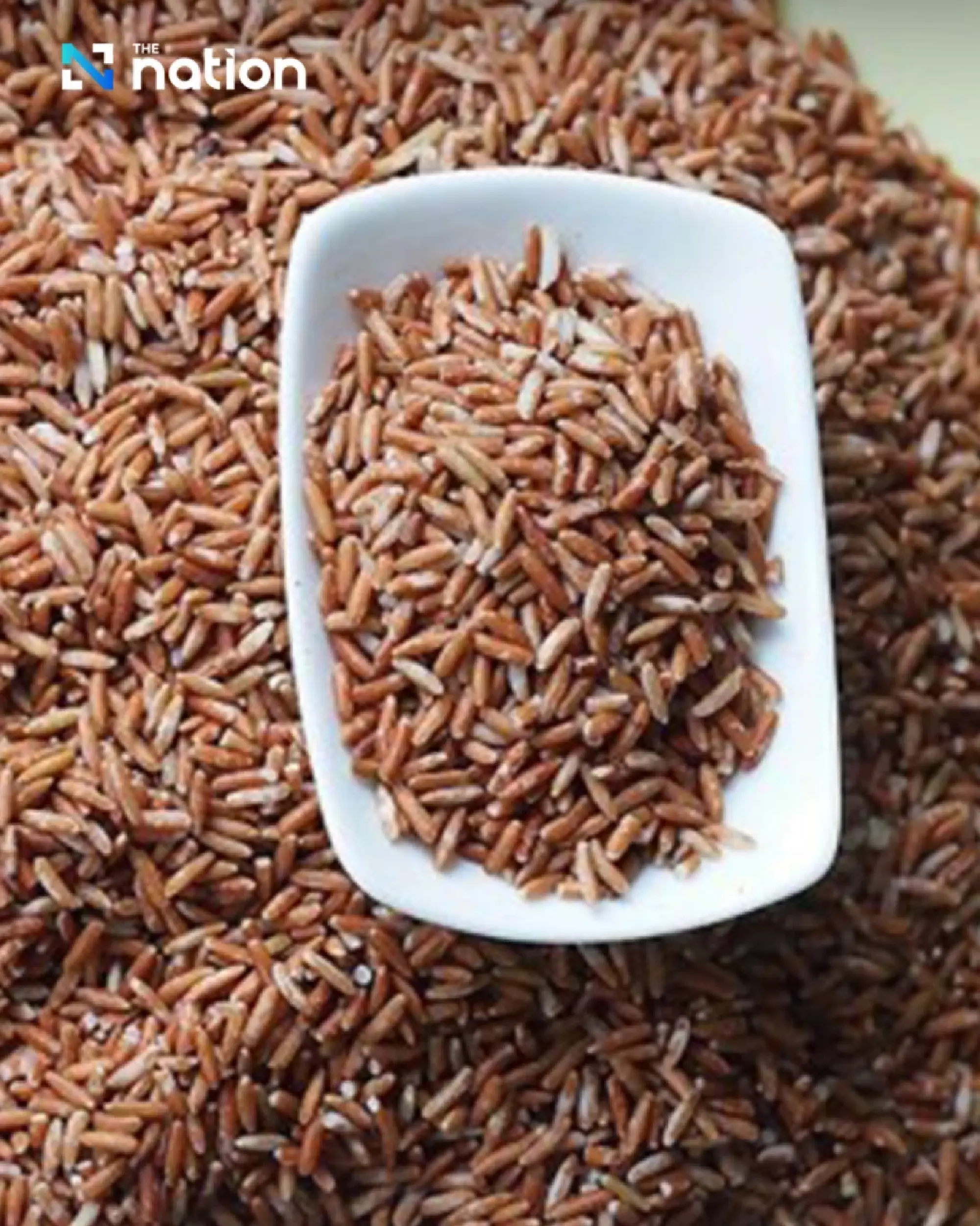October 21, 2025
BANGKOK – Thailand’s most beloved grain, Hom Mali 105 (ข้าวหอมมะลิ 105), better known globally as Thai jasmine rice, is prized for its delicate texture and pandan-like fragrance.


Grown mainly in the northeastern provinces, jasmine rice is so fragrant that Thais often liken it to the aroma of blooming flowers at dusk. When cooked, it turns tender and slightly sticky, a perfect companion for any Thai dish, from green curry to spicy basil stir-fry.

Equally revered is Hom Mali from Thung Kula Ronghai (ข้าวหอมมะลิทุ่งกุลาร้องไห้), cultivated in the parched yet mineral-rich plains of the Northeast.
The region’s unique soil and seasonal droughts give the rice its unmistakable white sheen and long-lasting aroma.
It’s considered Thailand’s “champagne of rice”, delicate, premium, and deeply connected to the land.
Sticky rice traditions from the North and Northeast
For those who love the comfort of sticky rice, Thailand offers some of the finest. Khao Niew Kiew Ngu (ข้าวเหนียวเขี้ยวงู), literally “snake fang sticky rice,” hails from Chiang Rai in the far North.
Renowned for its silky texture and subtle sweetness, it pairs beautifully with grilled meats, northern sausages, or mango during dessert season.

Meanwhile, in the Northeast, Khao Niew Kaowong Kalasin (ข้าวเหนียวเขาวงกาฬสินธุ์) is a staple of Isaan life. Its soft, chewy grains are perfect for rolling into small balls to dip into spicy papaya salad or laab.
Sticky rice here is more than just food; it’s a daily ritual, often shared from woven bamboo baskets that symbolise togetherness.

A splash of colour and nutrition
For something vibrant, Thailand’s black glutinous rice (ข้าวเหนียวดำ) and Riceberry (ไรซ์เบอร์รี่) bring colour to the plate and a boost of health.
These deep purple grains, rich in antioxidants and fibre, are as beautiful as they are nutritious.

Black sticky rice is often used in traditional Thai desserts like black sticky rice pudding with coconut cream, while Riceberry is loved by health-conscious Thais for its nutty flavour and heart-friendly benefits.
Healthy heritage grains
In southern Thailand, Sang Yod rice from Phatthalung (ข้าวสังข์หยดพัทลุง) stands out as a premium brown rice with a soft bite and naturally sweet undertone.

Once reserved for royalty, it’s now celebrated nationwide as a wholesome alternative to white rice. Another gem is Mun Poo red rice (ข้าวมันปู), known for its reddish hue and earthy aroma.

Packed with fibre, iron, and nutrients, these varieties prove that Thai rice is as good for the body as it is for the soul.
Each rice variety carries a story of soil and rainfall, of community and craftsmanship. From farmers harvesting under golden skies to families sharing bowls at dusk, rice is woven into every part of Thai life.


